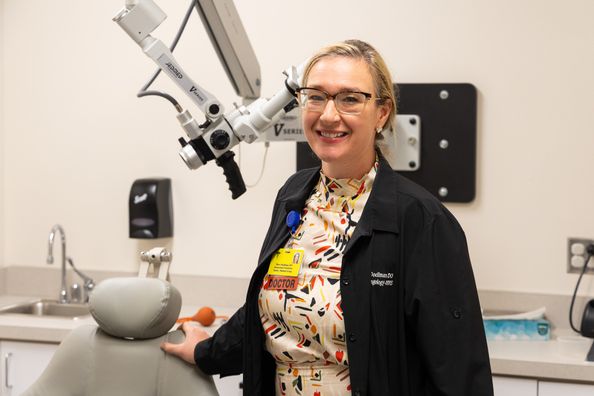It’s that time of year when it seems like everyone has the sniffles and sneezes, but how do you know if it’s just a cold or if it’s the flu?
A Cold
It is called the common cold for good reason. There are over one billion colds in the United States each year. You and your children will probably have more colds than any other type of illness.
Colds can occur at any time of the year, but they are most common in the winter or rainy seasons. A cold virus spreads through tiny, air droplets that are released when the sick person sneezes, coughs or blows their nose.
You can catch a cold if:
- A person with a cold sneezes, coughs or blows their nose near you.
- You touch your nose, eyes, or mouth after you have touched something contaminated by the virus, such as a toy or doorknob.
People are most contagious for the first 2 to 3 days of a cold. A cold is most often not contagious after the first week.
The Flu
The flu is caused by an influenza virus.
People often confuse colds and flu. They are different, but you might have some of the same symptoms. Most people get a cold several times a year. On the contrary, people get the flu only once every few years.
You can catch the flu if:
- A person with the flu coughs or sneezes near you.
- If you touch something with the virus on it, and then touch your mouth, nose, or eyes.
Flu symptoms will often start quickly. You can start to feel sick about 1 to 7 days after you come in contact with the virus. Most of the time symptoms appear within 2 – 3 days. To prevent the spread of the flu, stay home for at least 24 hours after your fever has gone.
If you think you may have a cold or the flu, contact your primary care provider to learn about ways to alleviate your symptoms. If you need a primary care provider, call our Primary Care Access Line at (217) 222‑6550, ext. 3325.
*Information in this article obtained from A.D.A.M Health Information Library.
Health Topics:







